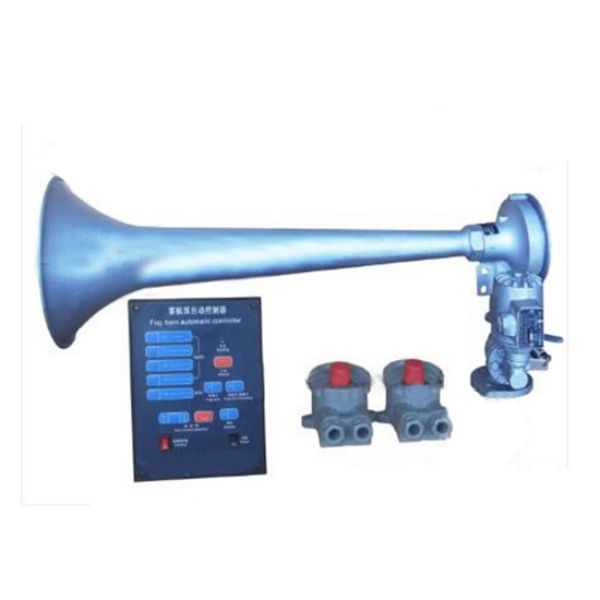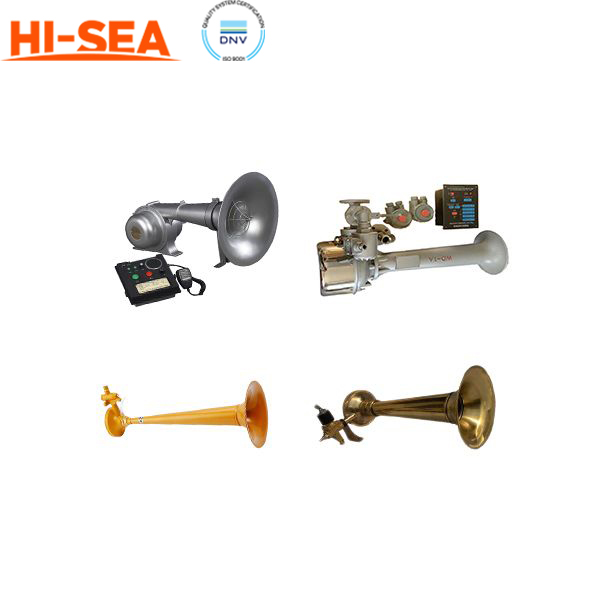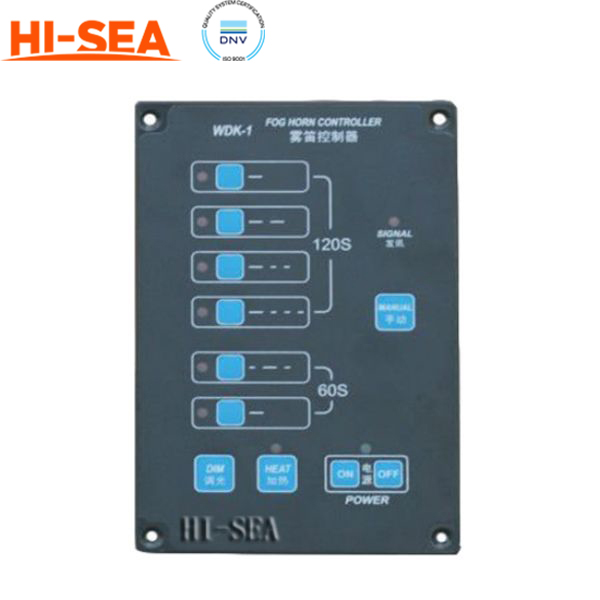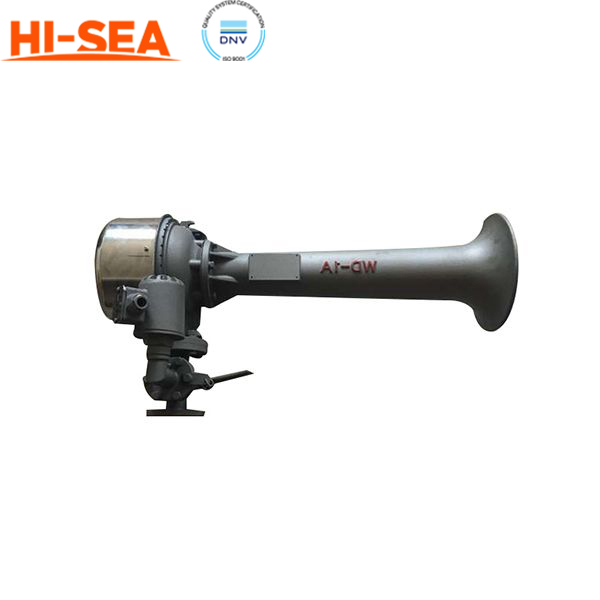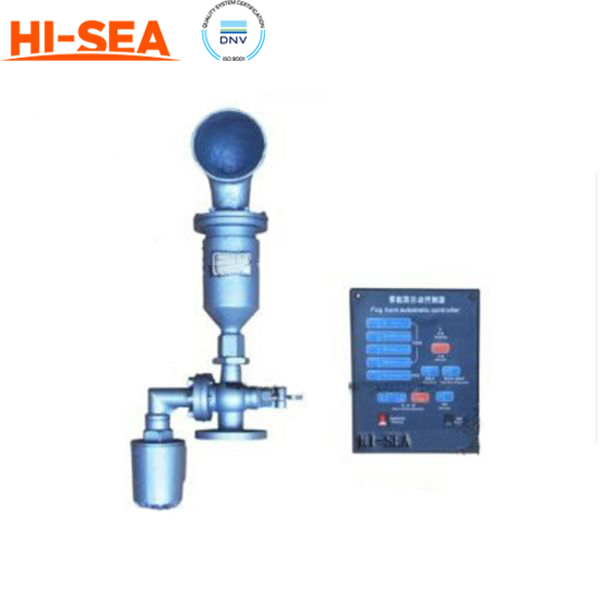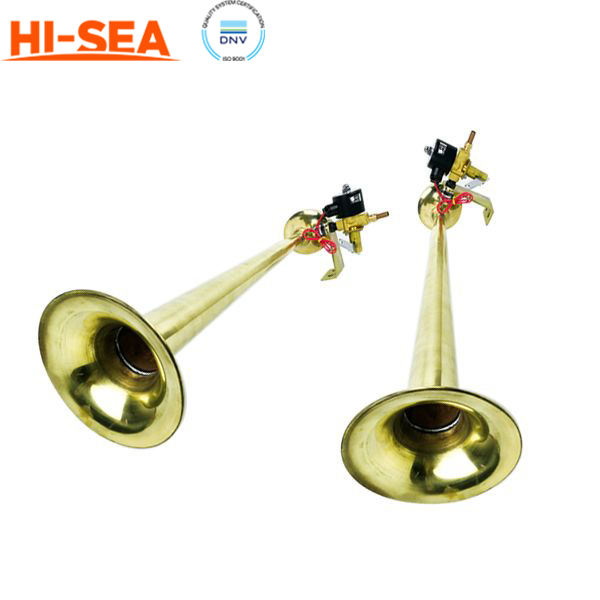MARINE & OFFSHORE EQUIPMENT
- Dredging Equipment
- Marine Deck Machinery
-
Marine Mooring Equipment
-
Marine Anchor
- AC-14 HHP Anchor
- Admiralty Anchor
- Beldt Stockless Anchor
- Bruce Anchor
- Spek Anchor
- Danforth HHP Anchor
- Delta High Holding Power Anchor
- GB11579-89 Light Weight Anchor
- Hall Anchor
- High Holding Power Mastrosov Anchor
- Hot Dip Galvanized Anchor
- Japan Stock Anchor
- JIS Stockless Anchor
- Pool Anchor
- Single Fluke Anchor
- Stainless Steel Anchor
- Stevpris MK5 Anchor
- Stingray Anchor
- US Navy Stockless Anchor
-
Marine Anchor Chain
-
Marine Shackle
- Kenter Shackle
- D Type Joining Shackle
- Pear Shaped Shackle
- Anchor Swivel Shackle Type A
- Anchor Swivel Shackle Type B
- Buoy Shackle Type A
- Buoy Shackle Type B
- C Type Detachable Connecting Link
- D Shackle
- Forelock Shackle
- Anchor Chain Swivel Group
- Straight Shackle
- Anchor Shackle
- Marine Triangle Plate
- Anchor Chain Swivel
- Anchor Chain Joining Shackle
- Anchor Chain End Shackle
- Slim Kenter Shackle
-
Chain Chaser
-
Marine Bollard
-
Marine Chock
-
Marine Fairlead
-
Marine Chain Stopper
-
Marine Mooring Reel
-
Marine Towing Bracket
-
Mooring Rope
-
Marine Towing Hook
-
Marine Shark Jaw
- Marine Fender
-
Marine Buoy
- Marine Floating Pontoon Dock
-
Marine Anchor
- Aquaculture Equipment
- Marine Outfitting Equipment
- Marine Propulsion System
-
Marine Painting
-
Marine Auxiliary Machinery
- Marine Air Compressor
- Marine Air Receiver
- Marine Sewage Treatment Plant
-
Marine Diesel Generator Set
- Marine Oil Water Separator
- Ballast Water Management System
- Marine Hydrophore
- Marine Calorifier
- Seawater Desalination Plant
-
Marine Oil Separator
- Marine Fuel Oil Supply Unit
- Marine Heat Exchanger
-
Marine Hot Well Unit
-
Marine Incinerator
-
Marine Boiler
-
Marine Valve
- JIS Marine Valve
- DIN Marine Valve
- ANSI Marine Valve
- GB Marine Valve
- CB Marine Valve
- CBM Marine Valve
-
Marine Gate Valve
-
Marine Globe Valve
-
Marine Angle Globe Valve
-
Marine SDNR Valve
-
Marine Angle SDNR Valve
-
Marine Check Valve
-
Marine Storm Valve
-
Marine Butterfly Valve
-
Marine Quick Closing Valve
-
Marine Fire Valve
-
Marine Self Closing Valve
- Marine Valve Accessories
-
Marine Pump
- Marine Centrifugal Pump
- Marine Screw Pump
-
Marine Gear Pump
-
Marine Vortex Pump
-
Marine Ejector Pump
-
Marine Diaphragm Pump
-
Marine Piston Pump
-
Marine Fire Pump
-
Marine Emergency Fire Pump
-
Marine External Fire Pump
-
Marine Ballast Water Pump
-
Marine Fuel Pump
-
Marine Lubricating Oil Pump
-
Marine Bilge Pump
-
Marine Sewage Pump
-
Marine Domestic Water Pump
-
Marine General Pump
-
Marine Cargo Oil Pump
-
Marine Hand Pump
- Marine Pump Parts
- Marine Life-saving Equipment
- Fire-fighting Equipment
- Marine Cable
- Marine Electrical Equipment
- Marine HVAC
-
Labour Protection Appliance
- Marine Decorative Material
-
Marine Anode
- Marine Pipe Fitting & Flange
- Marine Instrument
- Ship Building Equipment
INDUSTRY EQUIPMENT
- Hoisting Equipment
- Welding Machine & Material
-
Cutting Machine
- Container Securing Fitting
- Link Chain
- Container & Storage Equipment
-
Diesel Generator Set
- Other Equipment and Tools
- Petrochemical Equipment
- Fiber Reinforced Plastics
- Polymer Materials
- Environmental Protection Series
- Geo-products and Building Materials
- Metal Mesh
- Steel Grating
-
Earthwork Teeth
-
Turnbuckle
STOCK LIST
Contacts
 Tel:+86-23-67956606
Tel:+86-23-67956606
 FAX:+86-23-67956622
FAX:+86-23-67956622
 Email:manager@cqhisea.com
Email:manager@cqhisea.com
Working Time: 9:00--17:00
Working Day: Monday to Friday Website: www.cqhisea.com

Marine Automatic Control Air Horn
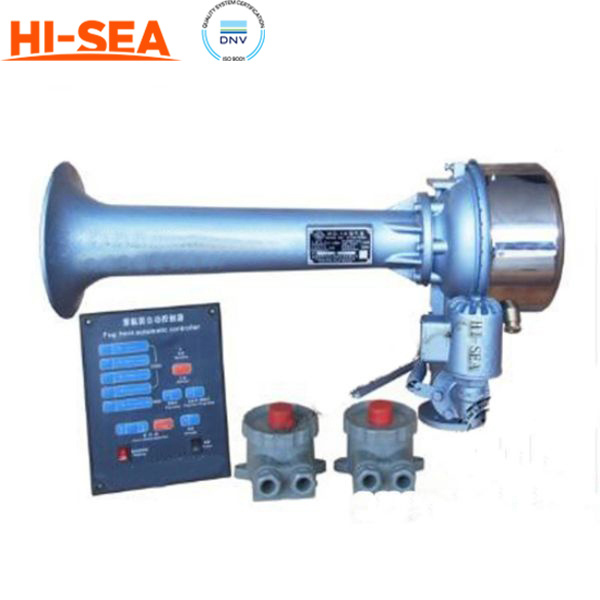
Marine Automatic Control Air Horn
Description:
Marine Automatic Control Air Horn is an important safety feature on ships, helping to ensure that communication between vessels and shore-based facilities is clear and effective. The air horn is typically mounted on the ship's deck and consists of a compressor, a reservoir tank, a set of valves, and a horn. The compressor pumps air into the reservoir tank, which is used to power the horn. The valves control the flow of air, allowing the horn to emit a sound of a specific pitch and duration. The automatic control feature allows the air horn to be activated remotely, either by a button on the ship's bridge or by a pre-programmed timer. This ensures that the horn is sounded at regular intervals, such as when entering or leaving port, or in the event of an emergency. The sound produced by a Marine Automatic Control Air Horn is typically a series of short, sharp blasts of varying duration and pitch, with each blast lasting between 2 and 6 seconds. The specific pattern of blasts can convey different messages, such as a warning to other vessels to keep clear or a request for assistance.
Product Characteristic:
Compressed air is used to drive the
diaphragm to vibrate and emit a whistle, and the automatic controller
automatically controls the whistle
Product Specification:
Type
Voltage
Nominal
diameter
(mm)
Air
pressure
Audible
distance (nautical miles)
Center
frequency (Hz)
Applicable
ship length
(m)
Air
consumption
Weight
WKD-Ⅰ
AC110/AC220/
DC110/DC220/
DC24V
25
0.7-1.0
1.0
≥130
315
≥20<75
≤8.3×10-3
45
WKD-Ⅱ
AC110
AC220 AC220/DC24V
25
0.7-1.0
1.5
≥138
160
≥75<200
≤8.3×10-3
75
WK-Ⅲ
AC110
AC220 AC220/DC24V
25
0.7-1.0
2.0
≥143
125
≥200
≤10×10-3
120
Maintance of Marine Automatic Control Air Horn:
- Inspection: The air horn should be inspected regularly for signs of wear and damage. This includes checking the hoses, valves, and horn for cracks or other damage, and ensuring that all components are securely fastened.
- Cleaning: The air horn should be kept clean and free of debris, which can affect its performance. Use a soft brush or cloth to remove any dirt or grime from the horn and its components.
- Lubrication: The valves and other moving parts of the air horn should be lubricated regularly to ensure smooth operation. Use a silicone-based lubricant that is compatible with the materials used in the horn.
- Testing: The air horn should be tested regularly to ensure that it is functioning properly. This can be done by sounding the horn and checking the sound level and pattern. Any issues should be addressed immediately.
- Replacement: If any components of the air horn are damaged or worn beyond repair, they should be replaced promptly. This includes hoses, valves, and the horn itself.
- Follow manufacturer's instructions: It's important to follow the manufacturer's instructions for maintenance and repair of the Marine Automatic Control Air Horn. This includes using recommended parts and materials, and following any recommended maintenance schedules.
Marine Automatic Control Air Horn WKD-11:
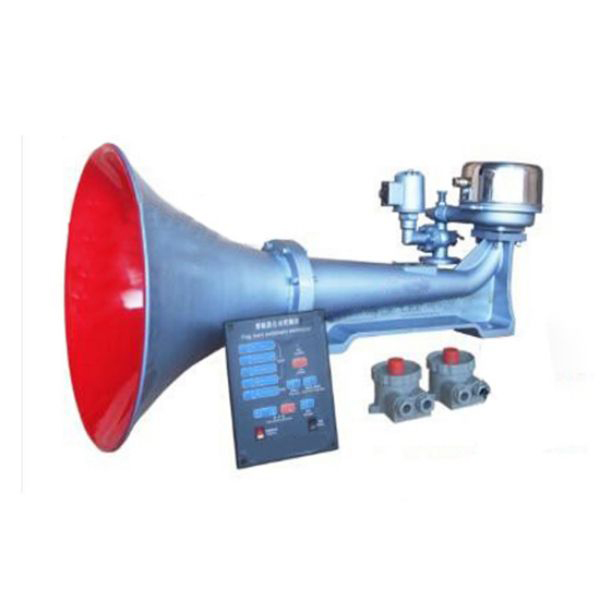
Marine Automatic Control Air Horn YQ-15:
